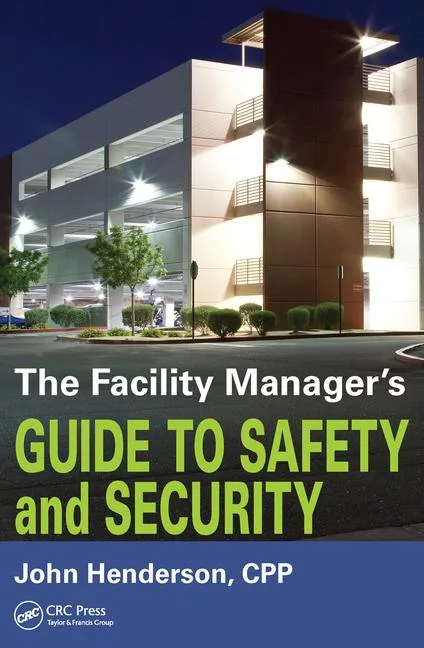Education & Training
The Key to Efficient Hospitality Operations
Access control solutions are the “key” to efficient hospitality operations.

Ziga Plahutar / E+ via Getty Images
As is the case with most customer-facing industries, hotels and resorts pride themselves on presenting a seamless experience for the guest. That’s a considerable task to accomplish, and hospitality managers need to consider solutions that make it easier to achieve, including those that the customer doesn’t see.
An investment in technology for internal operations not only improves efficiency that the guest appreciates but also sends a clear message to employees that management supports and empowers them to perform their tasks to the best of their abilities. Among the technologies that are growing in adoption in this category are intelligent key cabinets and modular asset management lockers.
Integration Is Imperative
While key cards and mobile phone entry are the most visible forms of access control in the hospitality industry, staff operations still rely heavily on mechanical, RFID, and other digital keys. In large hotels and resorts — often spread across multiple buildings, acres of land, or even city blocks — numerous employees require physical access to specific keys, each governed by varying permission levels.
Rather than relying on outdated systems like peg boards and handwritten logs, hospitality managers are increasingly adopting intelligent key cabinets integrated with centralized access control platforms. These systems allow managers to assign key access digitally, using the same credentials employees use to enter the building to also unlock the key cabinets.
Cabinets also notify managers when a key hasn’t been returned by a certain time, which speeds up identifying if one is missing and the subsequent process of finding it. Integrating the cabinet to access control software creates immediate accountability as managers see exactly who has which key and when it was removed. That reporting is useful when a manager needs to produce it for compliance and industry regulations.
Rather than relying on outdated systems like peg boards and handwritten logs, hospitality managers are increasingly adopting intelligent key cabinets integrated with centralized access control platforms.
Furthermore, cabinets eliminate the need for a staff member to physically distribute and collect keys, which allows managers to reassign that employee to another department. Ultimately, any key, regardless of what it opens, represents a significant financial and security risk if it ends up in the wrong person’s hands, so by managing them more effectively, managers are creating a safer and more efficient environment for their staff, while reducing valuable downtime previously spent manually managing keys.
The same concept applies to modular asset management lockers, which house shared assets like radios, tablets, and scanners. Like cabinets, intelligent lockers are integrated into a central access control platform for comprehensive monitoring. The lockers charge the shared devices and prioritize distribution based on which device has been charging the longest. This ensures that the employee is removing a device with the most available power.
Similarly, lockers are programmed with fault-logging, so that if a shared device has something wrong with it, the employee notes that in the locker interface, and the device is removed from circulation until the fault has been corrected. This cuts down on the likelihood of an employee unknowingly starting their shift with a broken device. All devices are RFID-tagged, which adds a further level of security, and like the cabinets, lockers can notify managers when a device hasn’t been returned by a certain time.
Best Practice: Phased Steps Forward
When integrating new technology into an existing workflow, it’s best practice to introduce it in a phased approach.
In the case of hotels and resorts, managers could implement a key cabinet for their housekeeping department and observe how it impacts operations in a smaller, controlled population. This helps avoid a major front-end investment, and if the technology yields a positive result, then managers have established advocates who can influence other departments to adopt the same technology.
Often, if an access control solution can work in one area, it’s likely to flourish in another, especially if it’s connected to the central software platform. This integrated ecosystem represents the future of hotel and resort operations, and key cabinets and asset management lockers are prime examples of hardware solutions that will establish safe and efficient operations for years to come.
Looking for a reprint of this article?
From high-res PDFs to custom plaques, order your copy today!







